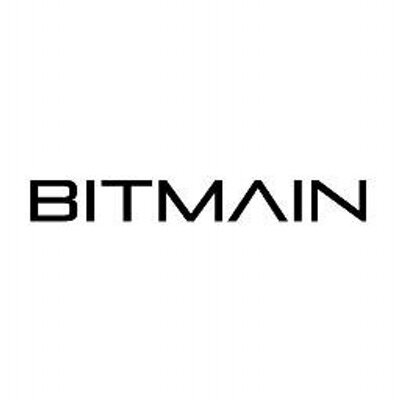Protection Plan
This plan is for a User Activated Hard Fork, or UAHF. You can find technical specs here:
The activation time is configurable. We will do the hard fork at 12 hours and 20 mins later than UASF. The epoch time stamp will be 1501590000.
There is “must be big” rule at the fork block. The block size of the fork block must be larger than 1,000,000 Byte. Fork block means the first block which adopt the consensus rule change.
It will accept block of which the size is less than 8MB and we, miners, will soft-limit the block size to less than 2MB.
There will be a soft fork rule added into the protocol to limit the sigops per transaction within 20K.
The block size will not be a part of hard-coded consensus rule for us in the future after the fork block. Miners who generate large blocks will be punished by economic incentives, but not limiting the block size.
There will be replay attack protection that is available for exchanges and wallet developers. You can find the spec here:
https://github.com/Bitcoin-UAHF/spec/blob/master/replay-protected-sighash.md
Bitmain will use some of its own hash rate and work with the developer community to have a contingency plan based on UAHF. We will develop options for miners to voluntarily join us.
Bitmain will mine the chain for a minimum of 72 hours after the BIP148 forking point with a certain percentage of hash rate supplied by our own mining operations.
Bitmain will likely not release immediately the mined blocks to the public network unless circumstances call for it, which means that Bitmain will mine such chain privately first. We intend in the following situations to release the mined blocks to the public (non-exhaustive list):
The BIP148 chain is activated and subsequently gains significant support from the mining industry, i.e. after BIP148 has already successfully split the chain;
Market sentiment for a big block hard fork is strong, and economic rationale drives us to mine it, for example, the exchange rate is in favor of big-block Bitcoin;
If there is already a significant amount of other miners mining a big-block chain publicly and we decide that it is rational for us to mine on top of that chain. In such a case, we will also consider joining that chain and give up our privately mined chain so that the public UAHF chain will not be under the risk of being reorganized.
Once Bitmain starts to mine a UAHF chain publicly, we will mine it persistently and ignore short-term economic incentives. We believe a roadmap including the option to adjust block size will serve users better so we expect it to attract a higher market price in the long term. The economic network will expand faster, and the winning odds will be higher in a highly competitive cryptocurrency market.
We share the same belief with some very early Bitcoiners, that decentralization means that more than 1 billion people in 200 countries are using Bitcoin as a saving currency and payment network, and that it comprises of hundreds of thousands of Bitcoin services, traders, exchanges and software. We do not believe that decentralization means a 1MB block size limit or a responsibility to constrain the block size so that a Raspberry Pi can run a full node while the fee per Bitcoin transaction is higher than the daily income in most developing countries. We believe Bitcoin needs to offer people an alternative to flourish without depending on powerful authorities that charge fees that can be as high as 100$/transaction.
Read the full blog post!
https://blog.bitmain.com/en/uahf-contingency-plan-uasf-bip148/

I'm no crypto expert, but i thought a major positive factor of crypto currencies was supposed to be lower transaction fees and sinkholes for your money than the services offered by banks? It's surprising to see so much issues with bitcoin tranfer fees.
Is this news good or bad?
How do you think?